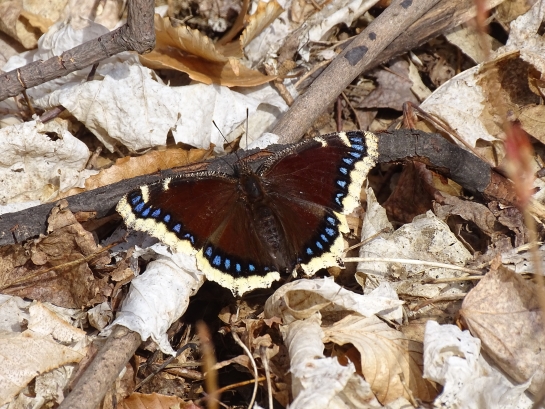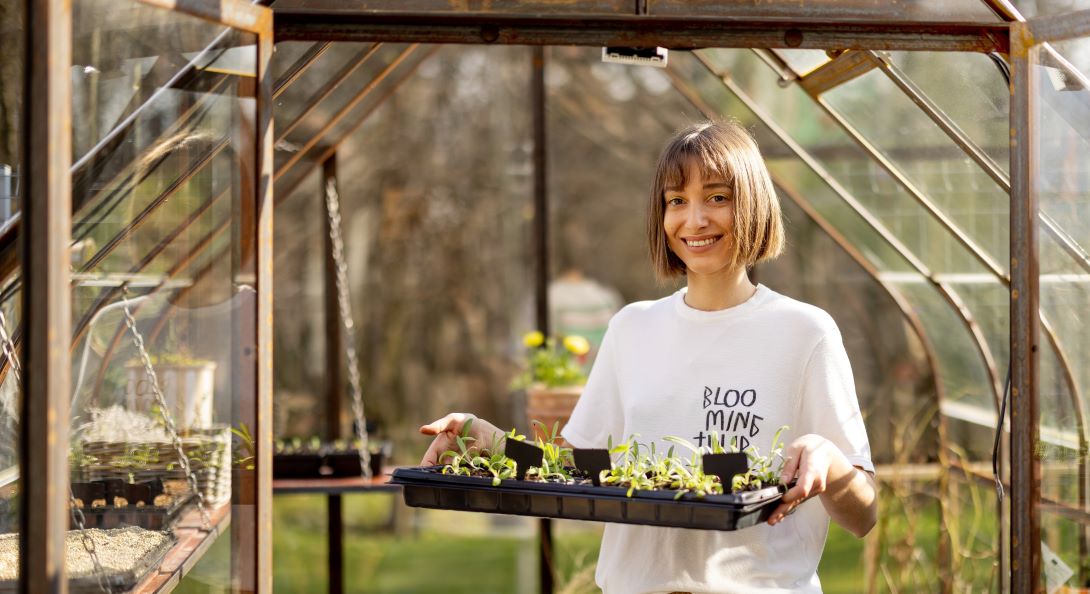Tips for wildlife-friendly spring yard work
In Canada, short growing seasons mean that our thoughts turn to gardening the moment that the mercury begins to climb. If you’ve already got planting on the brain, here are some tips to get the season off to a great start, for you and for wildlife:

Don’t rush clean-up
It’s tempting to tidy up the yard on the first warm day, but that might be too soon. Bees, other insects and your plants may still be benefitting from the insulation that leaf litter provides on cool nights. If you’ve put away your winter coat for the season and evening temperatures have been above 10 C for about a week, you’re good to go, but if you’re still seeing any frost or snow, wait a bit longer.
Make an action plan
Hoping to add new native plants to your garden this year? Grow some trees and shrubs? Craft a container garden? Whatever the goal, our “Create an action plan” guide (login required) can walk you through the planning process. Don’t forget to click the “record an action” button in re:grow afterward to share your plans and inspire other gardeners.
Source your plants
The best plants for restoring wildlife habitat come from nurseries that specialize in native plants and operate in a way that doesn’t harm wild plant populations. See the “Get your plants, seeds or trees” section of re:grow for some guidance to help you to find one.

Pick a planting date
Native plants are hardy because they’ve adapted to the climate where you live. But to give your young plants the best chance at a healthy start, we recommend aiming to plant them after the last frost date for your area. This date differs depending on your region and the year, so look up last frost dates for your community to get a sense of when it could be and keep an eye on the weather forecast.
Mow with the flow
If you have a lawn, consider mowing it no shorter than eight centimetres and waiting at least two weeks in between mowings. This will allow some flowers to grow among the turfgrass and help feed pollinators.
We hope that these growing tips help you enjoy the season while helping wildlife this year.


